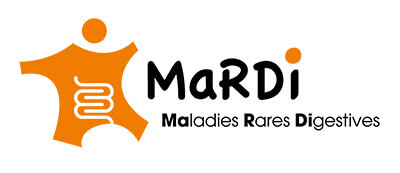Definition and clinical description
Onset of this intractable, severe and persistent diarrhoea usually starts before the age of 1 month, and no later than 6 months. It is accompanied by the following symptoms:
- intrauterine growth retardation
- characteristic facial dysmorphism (bulging forehead, prominent cheekbones, flat broad nose, hypertelorism)
- hair anomalies: brittle, fine, woolly, discoloured, known as uncombable, seen under optical microscopy, trichorrhexis nodosa lesions are frequently found
- an immune deficiency most often manifested by an absence of antibody response. Clinical signs vary from one child to another, calling for a complete study of humoral and cellular immunity.
Associated anomalies may be present. In 50% of cases there is initial liver damage.
Symptoms and prevalence
Diarrhoea is severe, liquid, sometimes mucous, hydroelectrolytic, and associated with malabsorption. Prevalence of the disease is fewer than 1 / 1,000,000, with 44 cases reported in India and Europe between 1982 and 2012.
Management and diagnosis
Diagnosis is based on the combination of severe diarrhoea, characteristic facial dysmorphism, abnormalities such as so-called uncombable hair, immune deficiency, intrauterine growth retardation.
Therapeutic management is based on parenteral nutrition. However, some children are able to be weaned (n = 7/24).
Management of this immune deficiency is assessed on a case-by-case basis (antibiotic prophylaxis, intravenous polyvalent immunoglobulin replacement therapy).
Genetic counselling
The mode of transmission of the disease is autosomal and recessive. Mutations in the TTC37 (60%) and SKIV2L (40%) genes have been identified.


